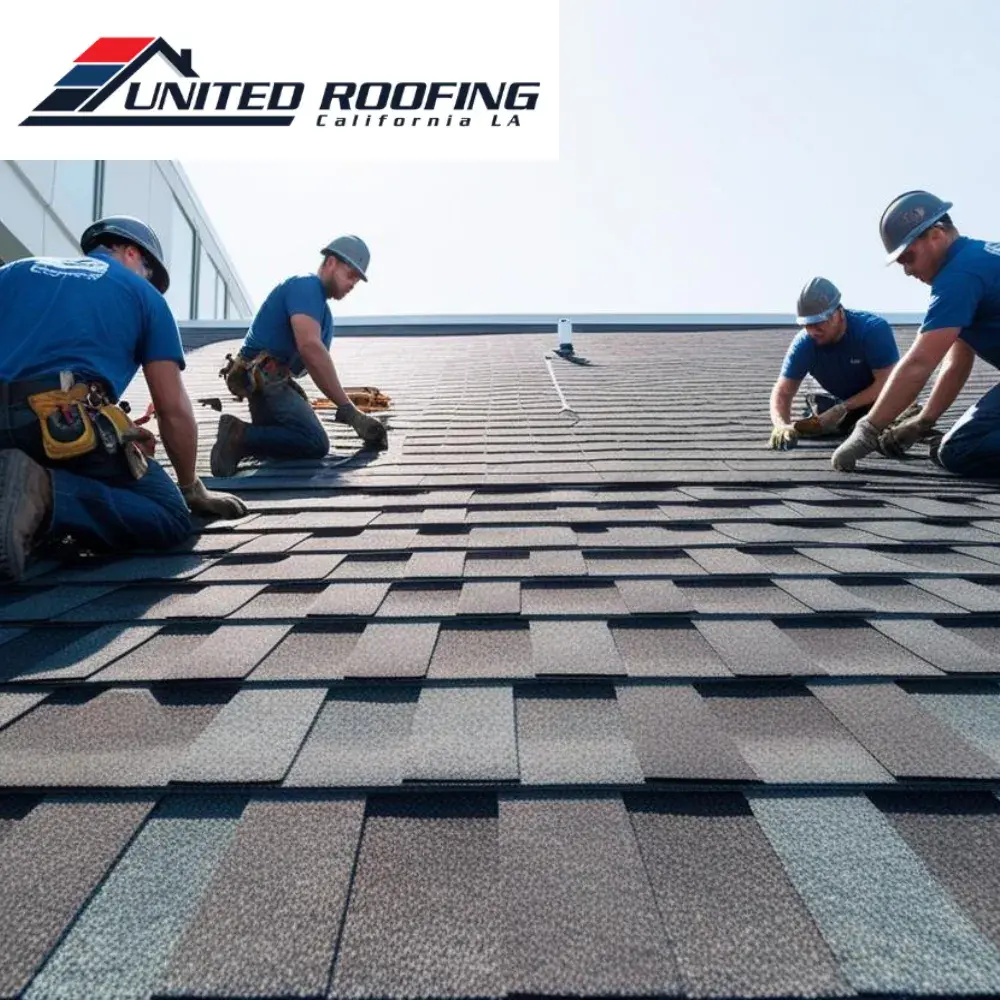Planning a new roofing system for a commercial property involves more than just selecting materials. Estimating a realistic budget requires evaluating multiple aspects of the project, from structural considerations to long-term performance goals. A professional Commercial Roofing contractor will help break down these factors so business owners can prepare accordingly and avoid financial surprises. Understanding how to approach budgeting allows you to balance value, durability, and compliance without compromising quality.
Assessing Roof Dimensions and Building Type
The first step in developing a budget is understanding the physical layout of your commercial roof. Larger square footage requires more materials and labor, while the structure of the building—flat, low-slope, or pitched—affects the type of roofing system that’s appropriate. Different industries have unique requirements as well. Warehouses, office buildings, and retail centers all have specific needs for insulation, drainage, and energy efficiency, which will influence the scope and cost of the installation.
Choosing the Right Roofing System
Material selection is one of the most important factors in budgeting. Options like TPO, EPDM, built-up roofing, or metal systems vary in durability, energy performance, and maintenance demands. A knowledgeable Commercial Roofing expert will help you evaluate which materials align with your property’s environmental exposure, structural load capacity, and energy goals. While some systems offer extended lifespan and minimal maintenance, others may be better suited for quick installations and specific climates.
Understanding Existing Roof Conditions
Your current roofing system plays a major role in determining the work required before installation begins. If there is water damage, structural rot, or multiple layers of existing roofing, additional removal and preparation will be needed. Inspections help identify whether components like decking or insulation must be repaired or replaced. These conditions impact labor time, disposal needs, and overall planning, all of which factor into your projected budget and should not be overlooked.
Factoring in Compliance and Access Challenges
Each commercial roofing project must meet specific local codes and industry standards. Fire ratings, drainage systems, and energy requirements vary by region and building type. Additionally, accessibility issues—such as roof height, equipment staging, and proximity to other structures—can add to planning complexity. Working with experienced contractors ensures that all regulatory factors and logistical challenges are identified early and integrated into the budget to prevent unexpected delays or redesigns.
Learn More
What Determines the Cost of a Commercial Roofing Installation?

